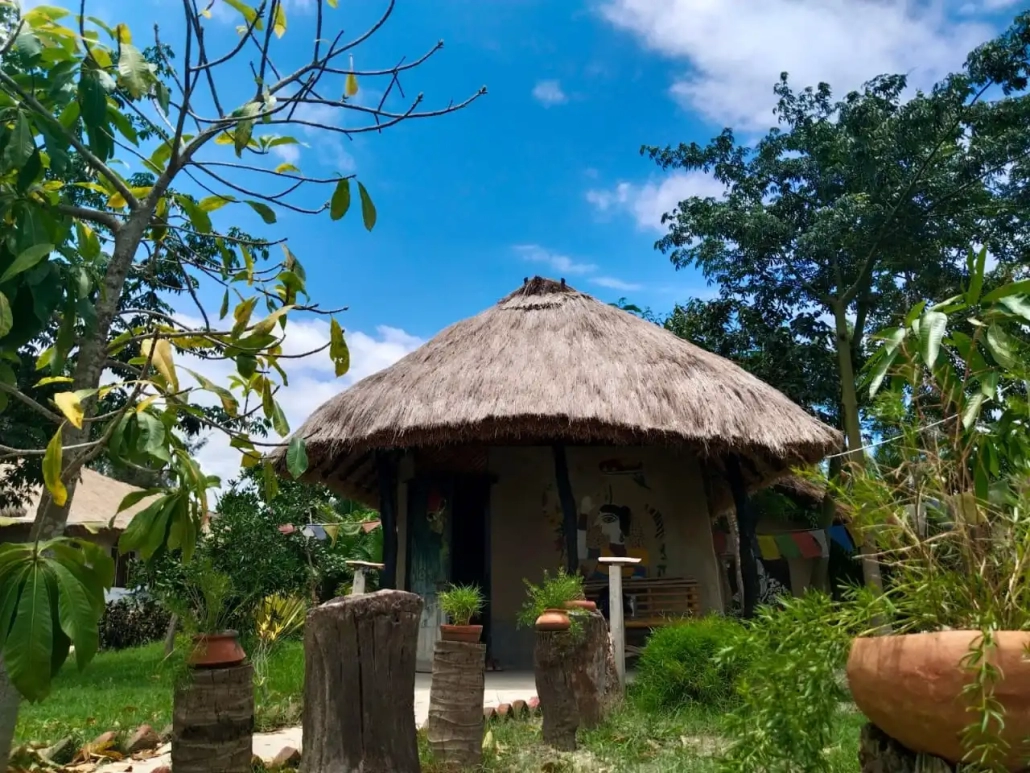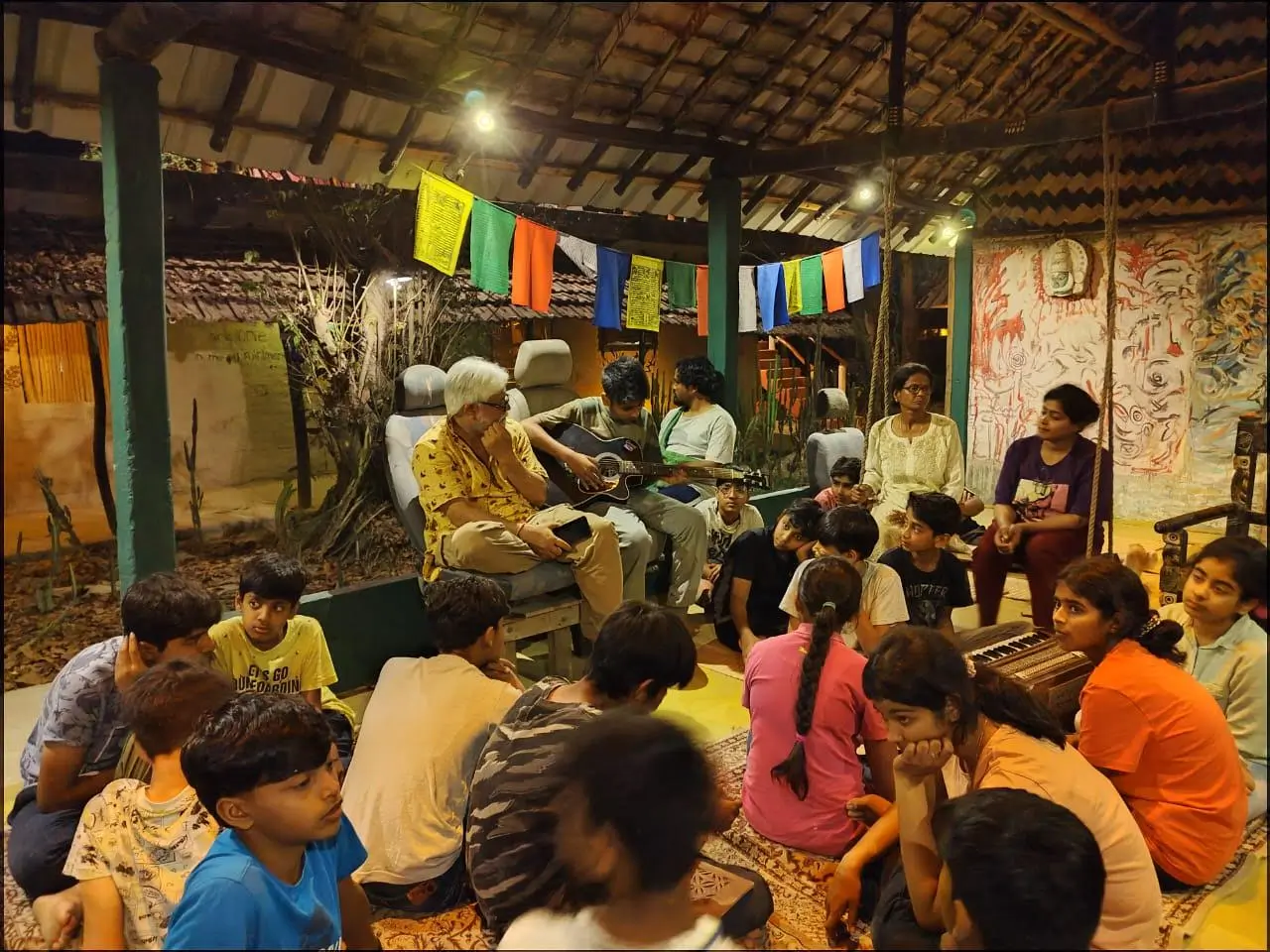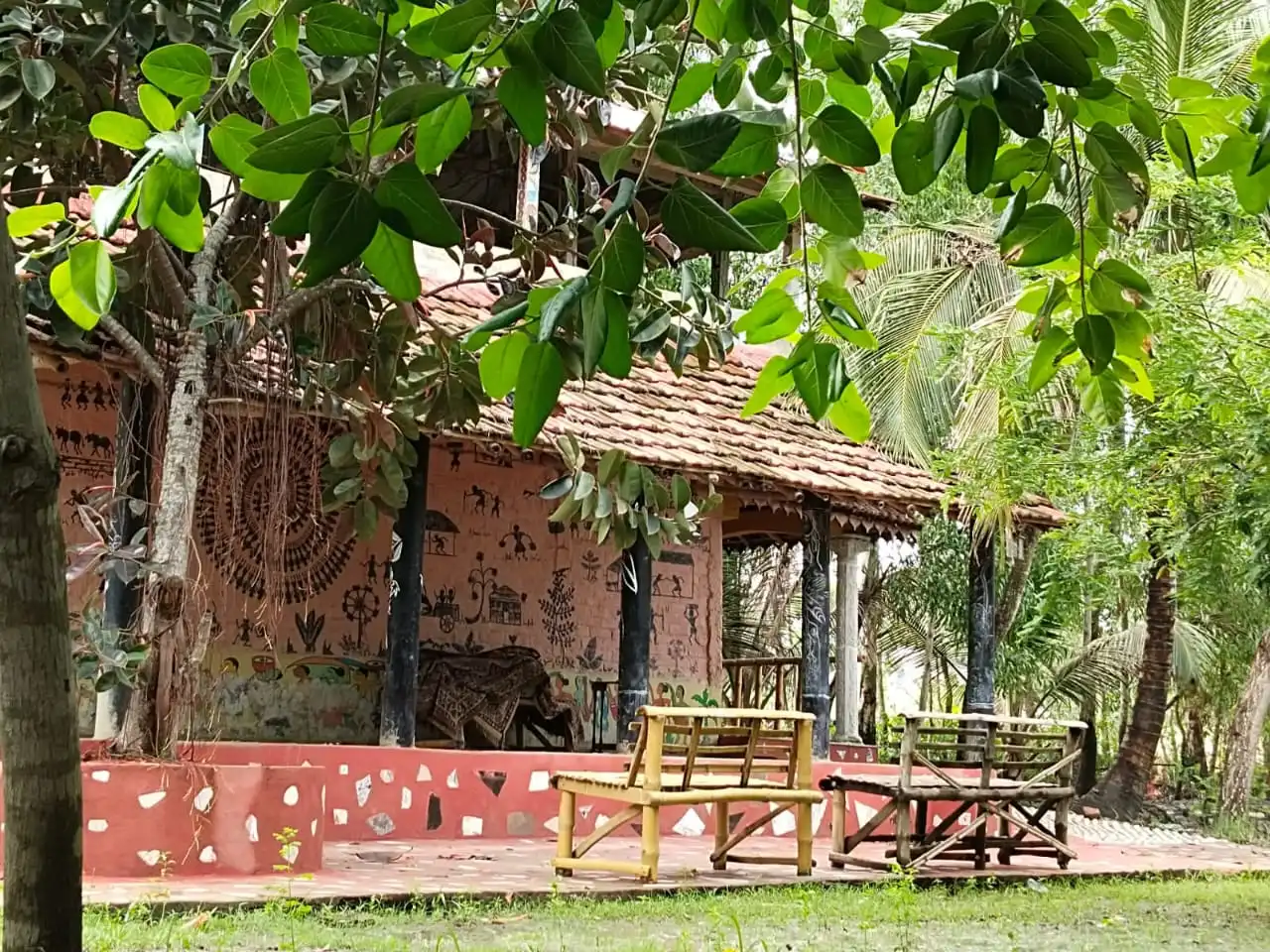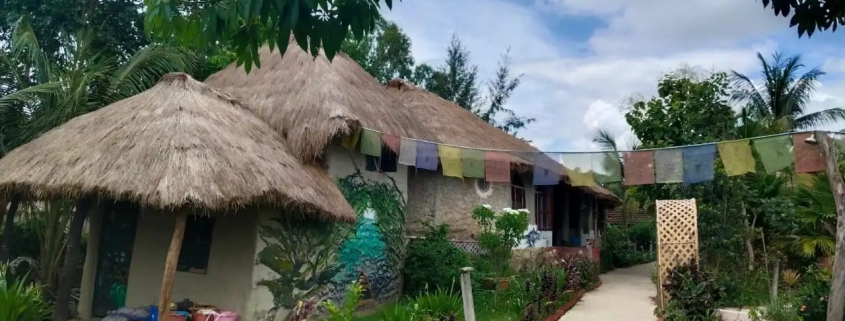Empowering Local Communities: The Social Impact of Sundarbans Eco Village

The Sundarbans, a UNESCO World Heritage Site, is home to several local people in addition to being a spectacular ecological wonder. The Sundarbans Eco Village project is one of the efforts that has proven crucial in encouraging sustainable development and empowering local communities. This revolutionary project has had a tremendous social impact by fostering environmental preservation, assisting local livelihoods, and empowering those who call the Sundarbans their home. In this article, we examine the Sundarbans Eco Village project’s social impact and how it is empowering neighborhood communities.
Sustainable Livelihoods:
The Sundarbans Eco Village initiative is aware of how crucial it is to provide sustainable livelihoods for the nearby community. The project enables community members to participate in alternative, environmentally and socially responsible income-generating activities. It does this through a variety of skill development programmes and capacity-building initiatives. This includes fostering ecotourism, environmentally friendly farming methods, the creation of handicrafts, and neighborhood-based businesses. The project assists in reducing reliance on conventional activities that can affect the delicate ecosystem by diversifying living possibilities.
Education on conservation:

The Sundarbans Eco Village project strongly emphasizes conservation education and spreading awareness of the value of preserving the distinctive biodiversity of the Sundarbans. Local communities actively participate in conservation efforts, learning about the ecosystem’s delicate balance and their part in preserving it. A sense of ownership and responsibility is promoted among community members through educational programmes, workshops, and awareness campaigns, which motivates them to take care of their natural environment.

Women’s Empowerment:
The Sundarbans Eco Village project places a strong emphasis on gender equality. The project gives women training and support so they may actively engage in decision-making processes and achieve self-reliance. This is done in recognition of women’s crucial role in community development. This also helps them find a way of employment so that they do not need to travel far to any big city to earn bread. This boosts self-confidence among them, and it also gives them an opportunity to contribute to their household.
Health and Sanitation:
The Sundarbans Eco Village project addresses significant health and sanitation problems that local populations face. Priority is given to ensuring community residents have access to clean water, adequate sanitation systems, and healthcare services in order to enhance their general well-being. The project’s main objectives are to improve sanitation infrastructure, provide training and instruction on hygiene practices, and ease access to medical facilities. The initiative contributes to a healthier, more resilient community by improving health and sanitation conditions.
Community Empowerment and Involvement:
Community empowerment and involvement are at the heart of the Sundarbans Eco Village project. To guarantee the active participation of local communities in such programmes of development projects, community-based organizations isn’t really an easy task. But so far the campaigns have been successful because locals do understand it’s been doing for their own good.
The Sundarbans Eco Village project is a prime example of how environmental preservation, sustainable development, and community empowerment can all coexist harmoniously. The project makes sure that the Sundarbans’ social, economic, and environmental well-being remains linked by empowering local populations. The project’s holistic approach brings about positive change now and helps the local communities—who are the true guardians of this amazing biological treasure—build a resilient future.
In Short:
The Sundarbans Eco Village project is a ray of hope for the area, supporting sustainable development and empowering local residents. The project’s multidimensional strategy has significantly impacted society by advancing community involvement, improved health and sanitation, women’s empowerment, and sustainable livelihoods. The Sundarbans Eco Village project has improved the quality of life for the local residents by addressing their distinct needs and difficulties.
It has also given them a sense of ownership, resilience, and pride in their natural surroundings. This ground-breaking project is a testament to the enormous positive impact that can be wrought when environmental preservation and social empowerment work hand in hand as it continues to empower and uplift the neighborhood communities. The Sundarbans Eco Village project stands as a shining example of how holistic and inclusive approaches can create a better future for both people and the planet.
FAQs
What kind of community empowerment does the Sundarbans Eco Village initiative offer?
The Sundarbans Eco Village project gives local communities more power through a variety of strategies, such as fostering sustainable livelihoods, offering chances for skill development and capacity building, promoting environmental conservation, assisting women’s emancipation, addressing health and sanitation issues, and encouraging community involvement and decision-making.
What are some examples of the Sundarbans Eco Village project’s sustainable livelihood initiatives?
The Sundarbans Eco Village project supports sustainable livelihoods through programmes for skill development, community-based businesses, eco-tourism, and sustainable agricultural methods. These programmes offer several ways to make money that are both socially and environmentally responsible.
How does the initiative benefit the Sundarbans region’s efforts to empower women?
The Sundarbans Eco Village project promotes women’s empowerment by offering instruction and assistance in a range of skill-development programmes, including sewing, making crafts, and sustainable farming methods. These programmes allow women to work, participate in decision-making, and improve the economic situation of their families and communities.




